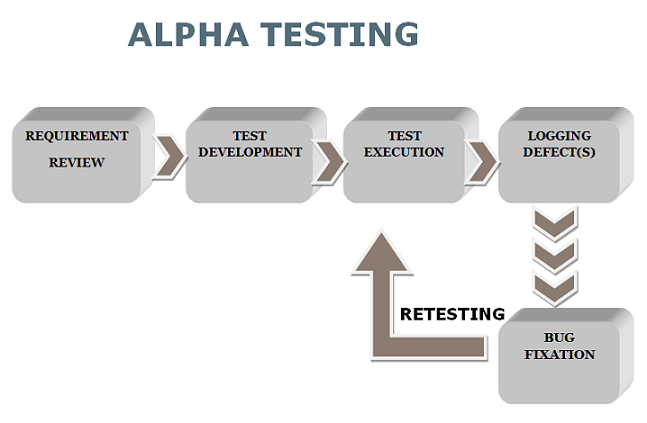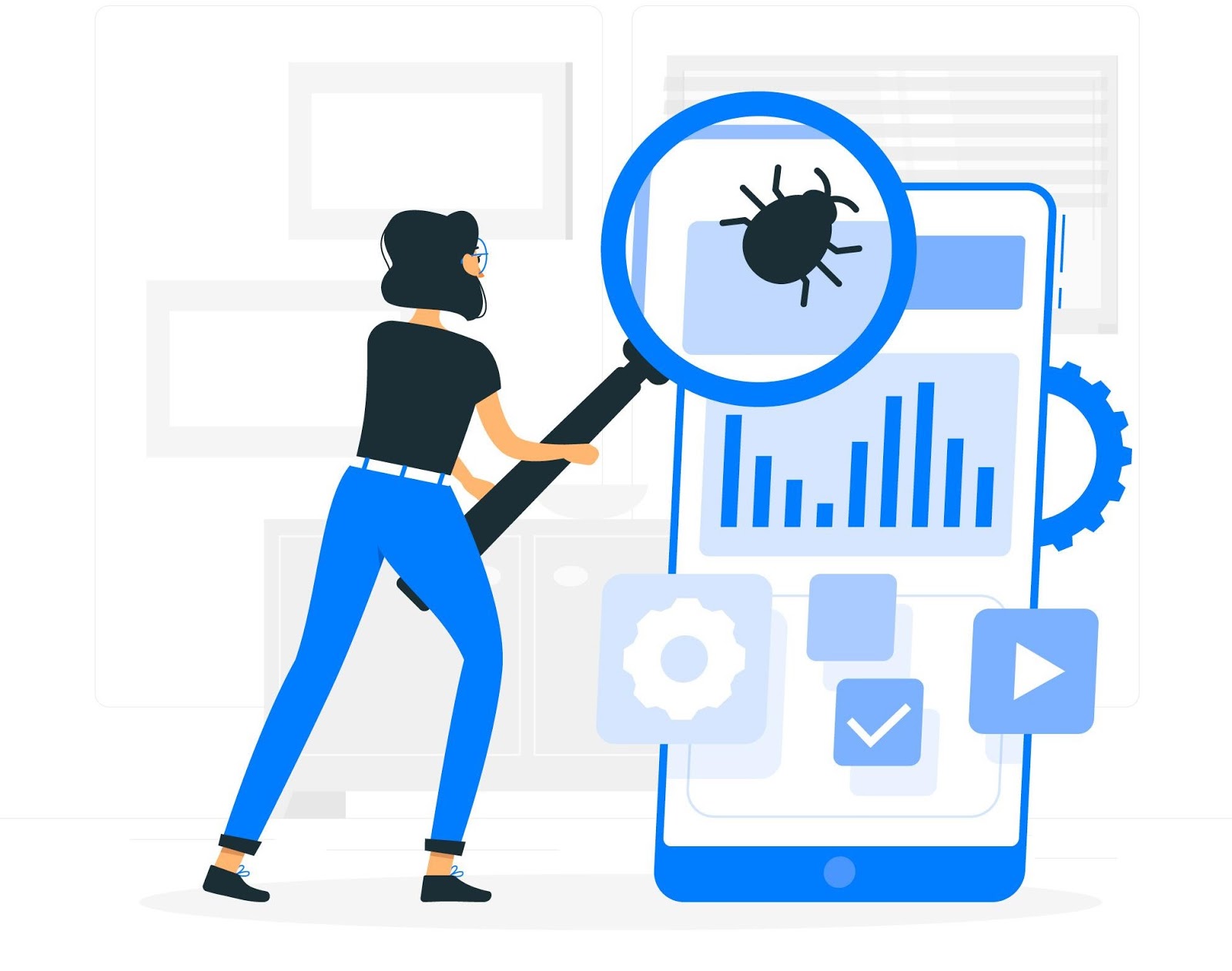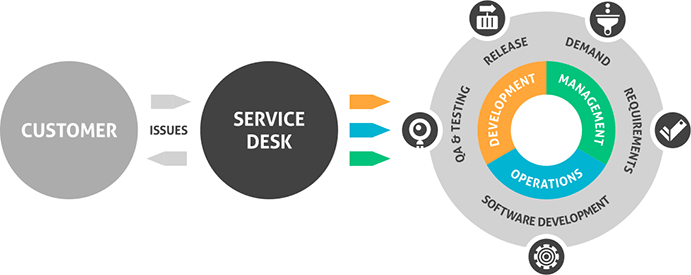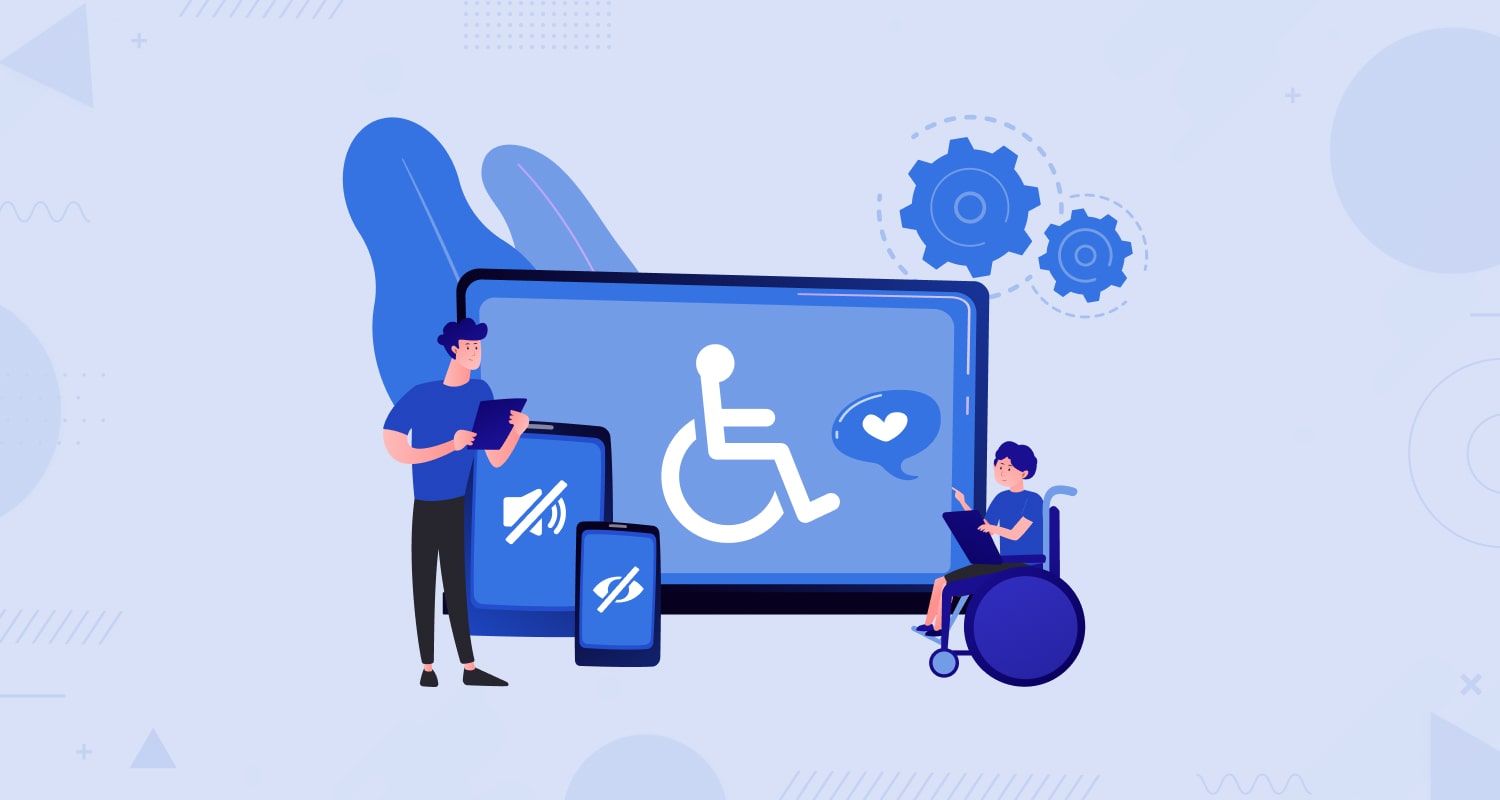User acceptance testing (UAT) has now become a key part of your testing acumen and protocols to validate a digital product or solution. The kind of role it plays in ensuring the quality of software applications deserves our special attention. Here throughout this post, we are going to explain various aspects of UAT including definition, advantages, and best practices in 2020.
What Exactly is User Acceptance Testing (UAT)?
User acceptance testing (UAT) is the testing process to evaluate the user satisfaction and acceptance of a digital product such as a website, software, or mobile application. UAT is the last phase of testing carried out by testing services or hire quality analyst testers teams for evaluating digital products and solutions before they are made available in the market.
What is The Objective of User Acceptance Testing?
The basic objective of UAT is to ensure user satisfaction or user acceptance after the software product or website or mobile app is released in the market. The testing is done to see how the software, website, or mobile app can deal with the user interactions and tasks in actual user contexts and scenarios. This is the final phase of testing after which the product is considered to be free of any defects.
Read More: How AI and ML Can Revolutionize Mobile App Testing?
What Are The Various Types of UAT?

A range of product testing procedures is considered as user acceptance testing. Some of these types of UAT processes include Alpha testing, beta testing, black box testing, contract acceptance testing, operational acceptance testing, and regulation acceptance testing.
Alpha Testing

Alpha testing is actually carried out internally within the software or web development project before the solution is exposed to the external users. This testing is carried out by the internal testing team to validate usability, functions, user experience, and workflow.
Beta Testing
Beta testing is carried out by exposing the product to selected end users or designated expert users called subject matter experts (SME). They give feedback about the functions and issues more from the viewpoints of the users.
Black Box Testing

The black box testing allows exposing the software product to the end-users without revealing the internal code structure. In this testing, users can only give feedback about the overall user experience and specific features and functions.
Contract Acceptance Testing
The contract acceptance testing (CAT) allows the software or web app to be tested as per certain time-tested criteria. These validation criteria are incorporated into the contract and thus they are used at the end of the testing to validate the end outcome.
Read More: Importance Of Unit Testing In Software Development
Operational Acceptance Testing
Operational acceptance testing (OAT) gives priority to the output of the software app or web app in regard to the intended operational usage. The process validates the website or the app by putting the product to test in a standard operating environment (SOE).
Regulation Acceptance Testing
Regulation acceptance testing (RAT) is carried out to evaluate whether the software product or website met the necessary legal requirements and safety recommendations.
Key Steps in Carrying out User Acceptance Testing (UAT)
Let us now have a look at the key steps and procedures in carrying out user acceptance testing.
Planning UAT
You need to start with a meticulous plan for carrying out user acceptance testing. Create a testing checklist to cover all the aspects that need to be covered in the process. At this stage, you also need to set priority areas of the app that need more focus. Apart from that, you need to fix responsibilities and roles for the internal people who will be responsible for carrying out testing.
Designing a Test Case

To have a better command of the testing output and to get expected results it is better to figure out the user interactions with your product in different scenarios. This can easily be done by designing some relevant test cases across different scenarios. This will give you a better footing in terms of dealing with the testing output. At this stage, you also need to make some templates ready for recording test results.
Test Execution
As soon as the test cases are finalized the testing team will complete all pending tasks and fulfill other testing requirements to proceed further. Mostly testing is carried out in a conference setting with the presence of designated users, project managers, quality assurance specialists, and developers. The entire team works together to proceed with the test tasks slowly covering the entire app. The team manager documents and records the findings and feedback of the end-users.
Incorporating Testing Feedback
Once testing is done and the feedback gathering is completed the developer team along with the quality assurance team evaluate the feedback and prioritize them on the basis of urgency and severity. They also list feedback that needs more clarification. Lastly, they drop certain feedback that no longer needs to be acted upon. In this respect, it is advisable to maintain the entire cycle of testing, feedback, and build team response concise and precise.

UAT Sign Off
Before making the app live or release it in the market for users it is important to make sure that the product has no defects and it works as per the expectations and as per the goals of the developers. It is also important for the UAT to ensure that the product meets the contract agreement with the client perfectly. After being sure of all these aspects you need to meet the clients and showcase how the product met all contractual agreements and criteria fixed and agreed upon in the beginning.
Conclusion
Obviously, software testing is key to ensure quality and user experience of a digital product that can be a website, a mobile app, or an enterprise software tool. Without in-depth testing a development company not only can meet client requirements but it cannot create a product that builds its reputation. From the client’s point of view, a testing phase that doesn’t showcase the product’s real-life usability and how it met specific business requirements, is useless. The UAT as the last phase of the testing process takes care of the final glitches in a product and hence it is of seminal importance.








